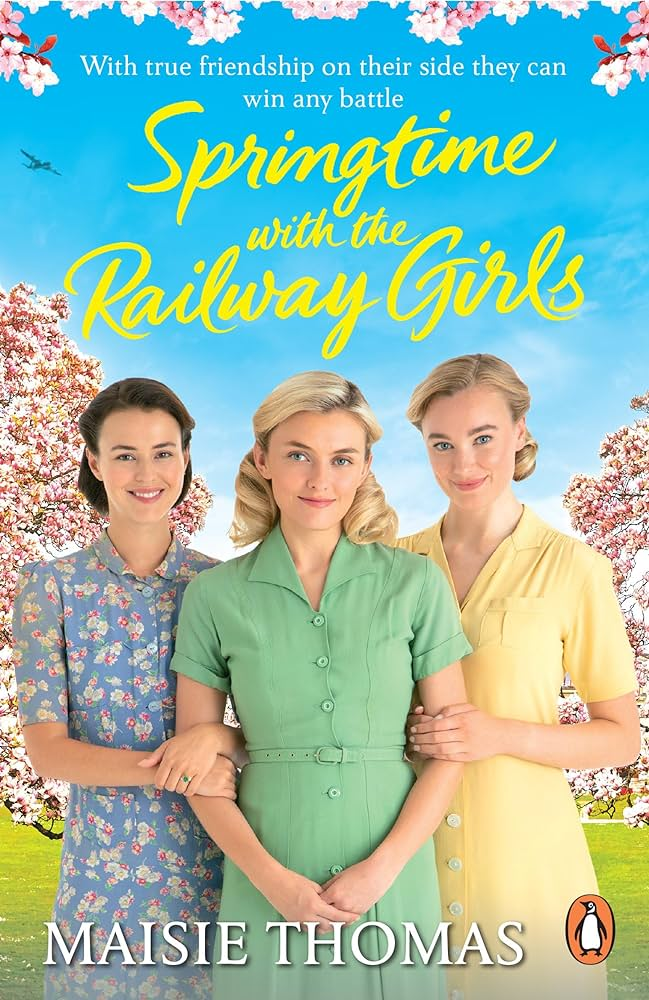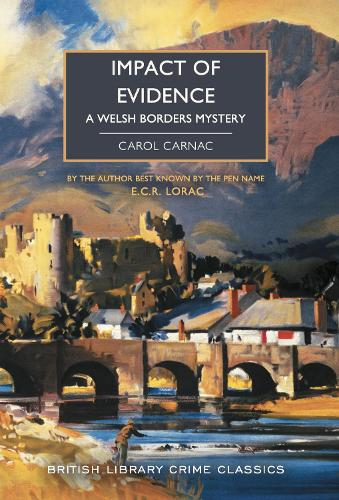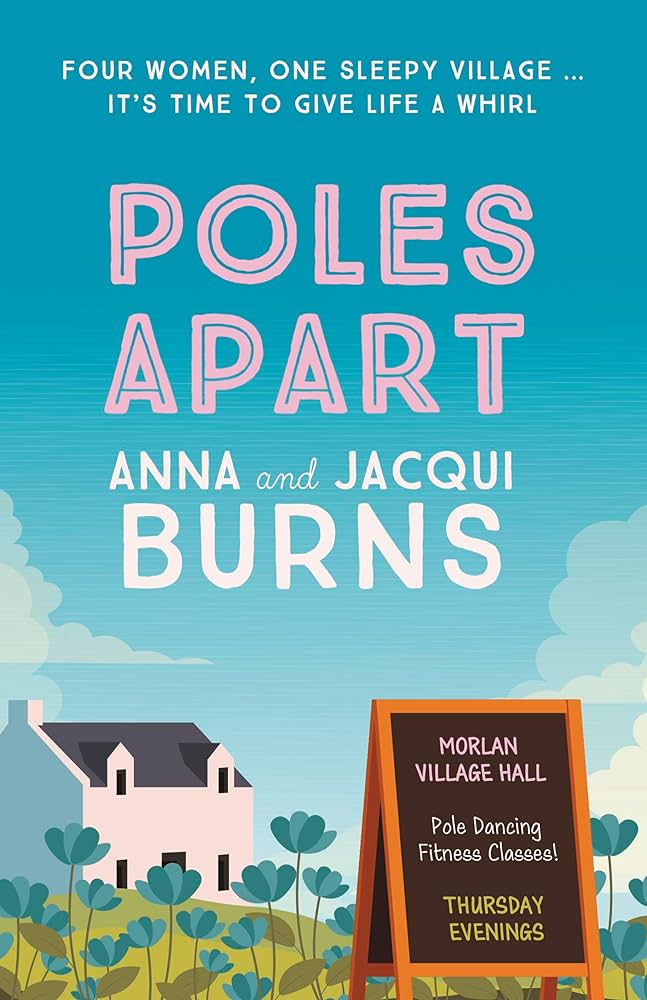The Mysterious Mr. Badman by W.F. Harvey – a rare 1934 bibliomystery recently reprinted in the British Library Crime Classics series

The Mysterious Mr. Badman by W.F. Harvey
This novel is subtitled “A Yorkshire Bibliomystery”, the unusual title comes from a much sought after book that features heavily in the story. It was an actual book written by John Bunyan; the full title being “The Life and Death of Mr Badman”, and even in 1934 when this book originally appeared in a short run it would have been comparatively rare. This recent reprint in the British Library Crime Series is a very enjoyable read, as it features a clever and complex plot with genuine suspense and some excellent characters led by Mr Digby. Athelstan Digby is a worthy blanket manufacturer with more than a usual amount of common sense and insight who has great determination to do the right thing, while considering everyone involved. While some of the leg work is done by his much younger nephew Jim, it is Digby who must save the day when events and other people threaten everything.
This book represents the Golden Age tradition of an amateur sleuth and very little mention of the police, but also provides an in depth view of a world where letters and telegrams were important methods of transmitting news, and cars with drivers could be hired for long distances. There is a hint of politics in a novel chiefly concerned with secrets, but also some violence and at least one body. According to Martin Edwards’ excellent Introduction to the life and times of the author, William Fryer Harvey, an eventful existence meant his writing had a sometimes unsettling quality amid the detection of crime and mystery. This novel features the returning character of Mr Digby, whose progress is a solid effort to elicit the truth and an expectation of fair play. It also contains some fascinating aspects of somewhat strained family relationships in difficult circumstances. I was very pleased to have the opportunity to read and review this enjoyable novel.
The book begins with Mr Digby undertaking the responsibility of running a small book shop below his lodgings where he is visiting his nephew Jim, who is considering taking over a local doctor’s practice. All is quiet until three men enter the shop and request the same somewhat obscure book on separate occasions. After they depart a copy does arrive, and Mr Digby agrees with the shop owner to keep it on the premises. When it disappears the situation seems to demand further investigation, and a link is found to some locals who may have reasons for silence despite the costs. Mr Digby’s persistence takes him, Jim and another friend to some strange places and adventures as danger of various kinds threatens. As deceits and deception’s loom, can Mr Digby and his helpers deal with the situation?
There is a murder in this book, but as befits a novel where the mystery is all important there is little brutality and violence. Mr Digby and his companions are memorable characters placed in a series of settings that are typical of an interwar Britian of local pubs and villages, but there are suggestions of greater forces threatening and the deep importance of their actions. I recommend this book as a well written novel with a solid plot and consistent characters.













